The Hidden Problem In School Districts
Confronting The Problem Of Underpaid IAS.
March 6, 2023
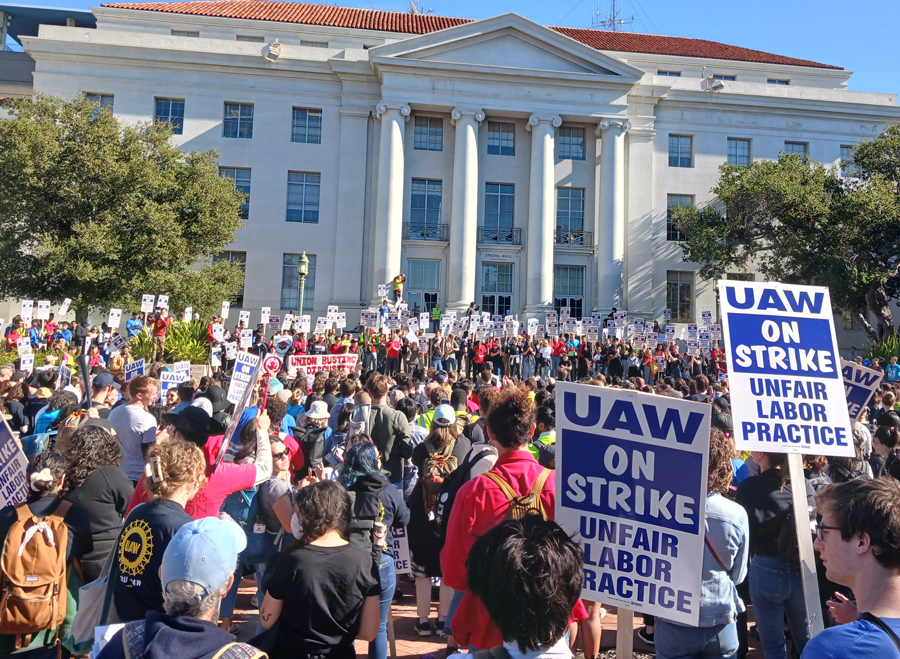
There is a hidden problem with modern school districts. The problem is not often discussed and is not often taken seriously, so it continues to exist without action to solve it.
The problem is underpaid teachers and a large pay gap between teachers and instructional assistants (IA). The school system structure is set up in a basic way that everyone is familiar with and goes as follows: superintendent, principal, vice principal, and then transfers to the teachers, and finally stops at IAs.
Being a teacher today is almost always greeted with applause and gratitude from the teacher’s fellow citizens. The same could not be said metaphorically for IAs and other people at the bottom of the public school pyramid.
The members of this category are often met with ferocious criticism and are brutally stigmatized. This is unfortunately caused by the common belief that because most of them do not hold a degree, they are inferior and are automatically targets for criticism.
When conducting research for this topic, I was told that many IAs do in fact hold a degree, and this only makes this topic more heated and opens more questions. Why are IAs treated so badly when they arguably deserve more respect and appreciation than teachers do?
The myth that IAs do not hold degrees translates into pay, as in one of my recorded examples that, based on the statistical livable wage in Massachusetts, IAs do not statistically make enough to survive in our state. This is troubling, as IAs are just as great and respected as teachers.
They deserve to be paid better and treated with more respect as, in some cases, they have a similar work load as teachers and get paid 20,000 dollars less than “teachers.” The previous claim that IAs get paid less than teachers can be supported with factual evidence found in our town’s budget report.
This report shows that one IA got paid $22,270 dollars annually. This is in comparison to the lowest paid teacher’s salary, which is $61,000 dollars annually, which is a $38,730 dollar difference.
This should not be the case because in the grand scheme of things, IAs keep the classroom running smoothly and should be compensated accordingly. With this being said, this article’s goal is not to campaign for equal pay, only to show that school would be better if the gap was lessened in pay amounts.
The idea of equal pay is out of the question because most IAs do not have college degrees, so a pay raise is the next logical step. There is also a pay type difference between teachers and IAs. Teachers get paid a salary versus IAs, who get paid at an hourly rate, which in the previous example translates to a shocking $22.27 per hour. This is compared to the $61 hourly rate the teacher gets as noted in the previous example. This is a real eye opener into the pay inequalities that IAs face.
The problem of underpaid IAs is not an isolated issue and occurs nationwide. This issue exists across the nation and is, for the most part, left unanswered.
However, the issue is not always left unchallenged. One example of this can be found in a series of 2022 teacher strikes across America. One of these specifically involved 48,000 California higher education school IAs, who went on strike, demanding increased pay and better benefits.
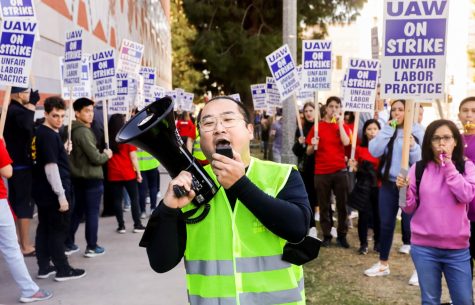
The IAs were met with support and understanding from the community, and after a 32-day strike, they were able to reach a deal. The deal promised to increase pay and offer increased options for benefits to the IAs.
This was a good ending and signaled steps towards serious action to address the ongoing issue.
This practice of only changing salaries when the school’s operation is in jeopardy is not healthy. IAs should not be used as dispensable extra staff. IAs are often unfortunately treated as second class citizens. For example, not many people include IAs in teacher appreciation celebrations. In many cases, they are not given a classroom key or are given one that can open the fewest number of doors.
I myself have seen this bias towards IAs from teachers and students. I have heard expressions said to IAs that are just plain wrong. Some of these include students saying, “You are just an aid; you cannot tell me what to do.” This is a common false myth held by many.
This can be summarized as a call to the public, in which the end goal is to spread awareness about the issues that are presented to the often overlooked class of hardworking IAs in not only this school but schools across the country and the world.
My final statement is a statement of hope that, in the upcoming years, IAs will become less stigmatized and treated more as equals to their counterpart, the college-educated teacher.







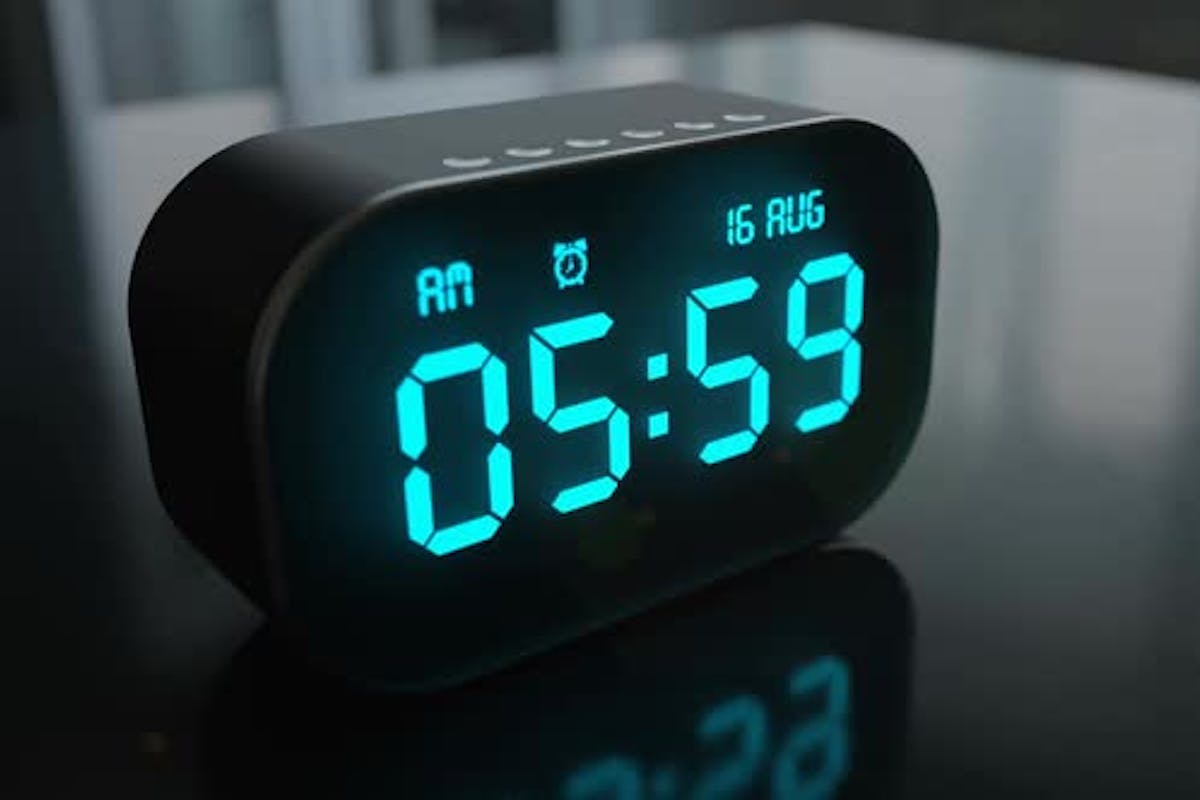


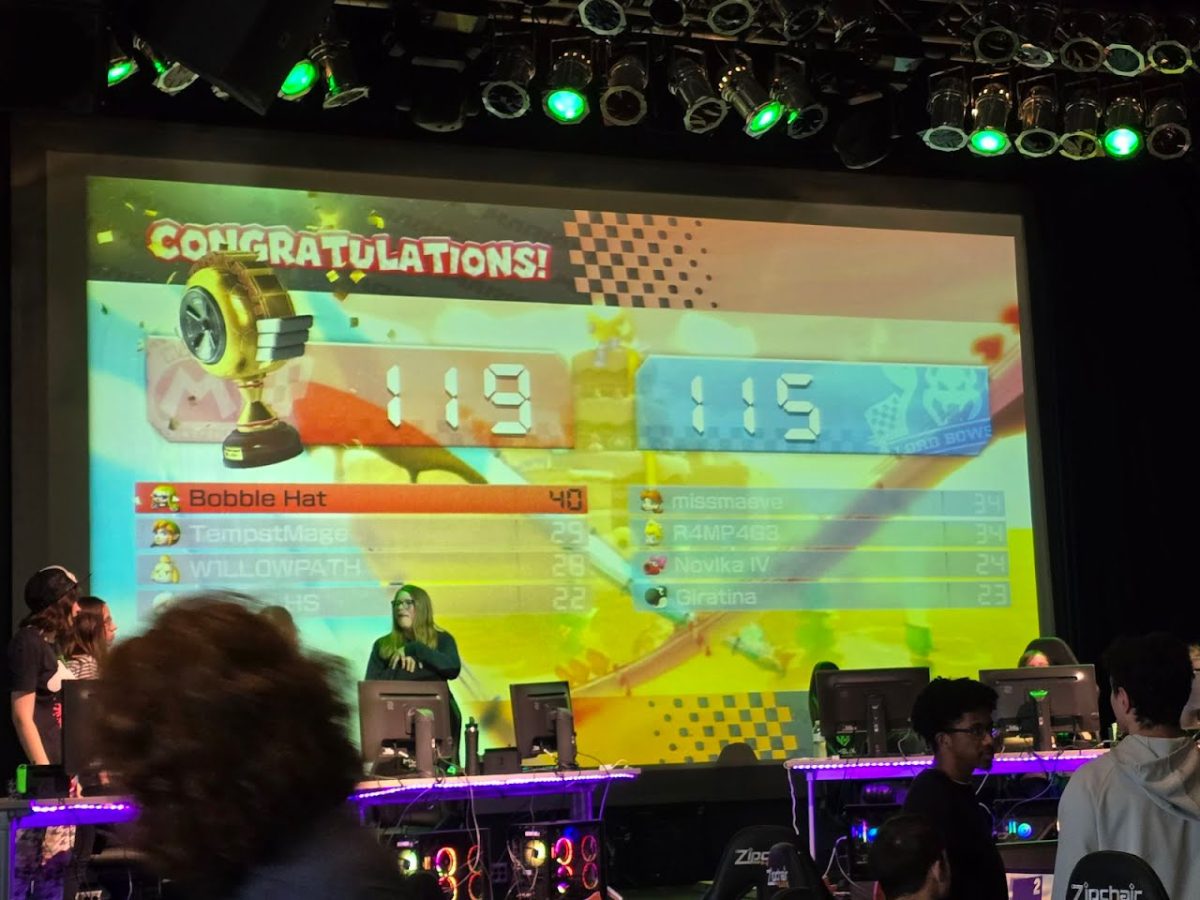


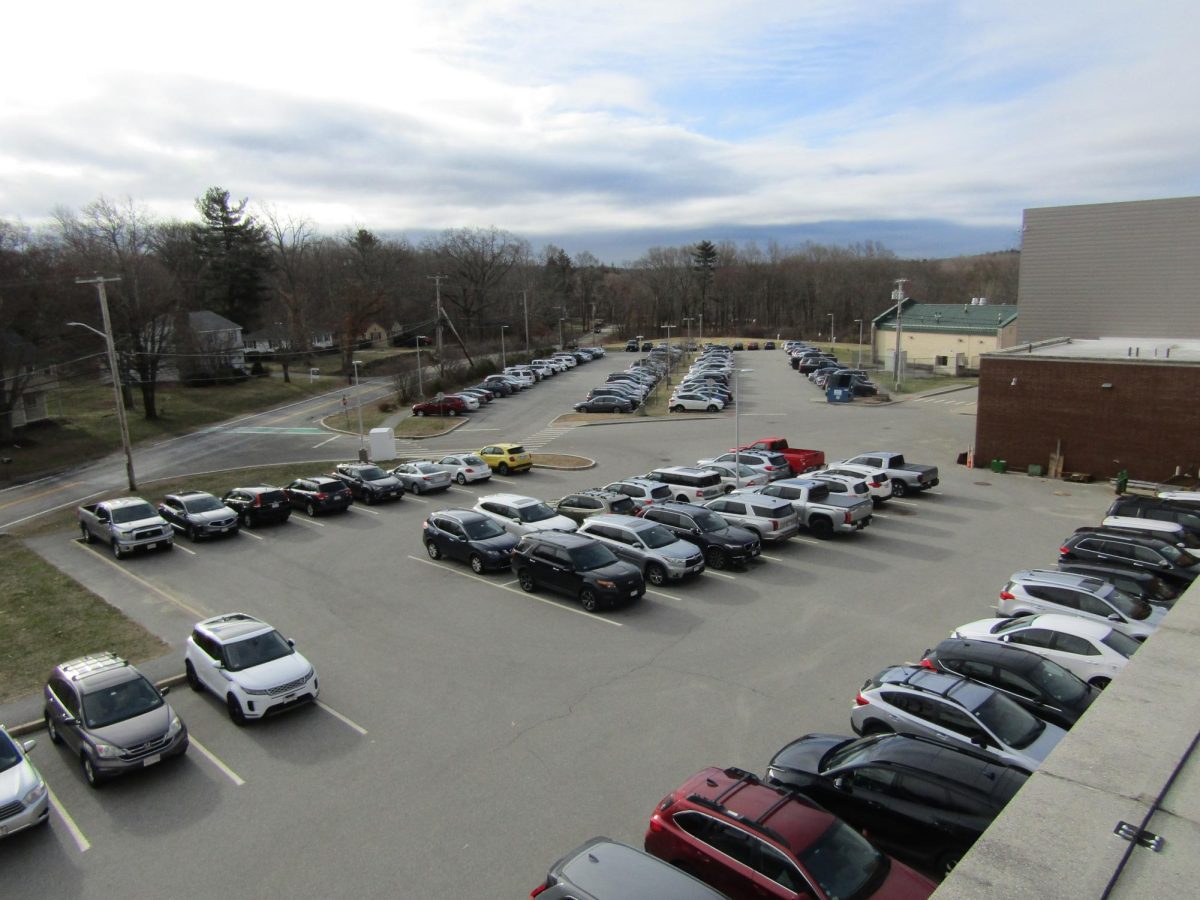



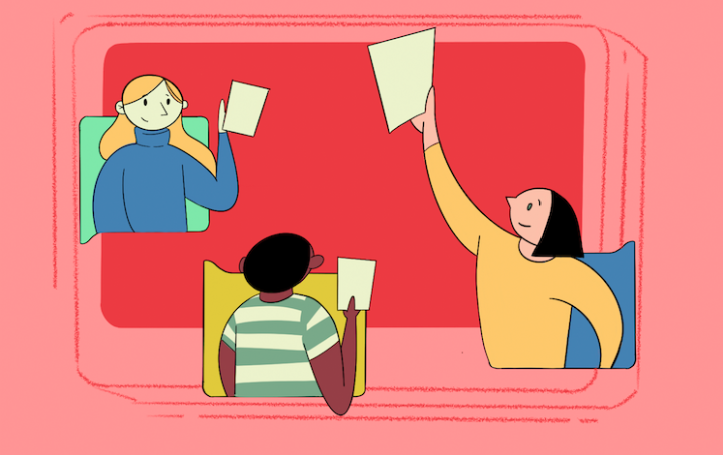


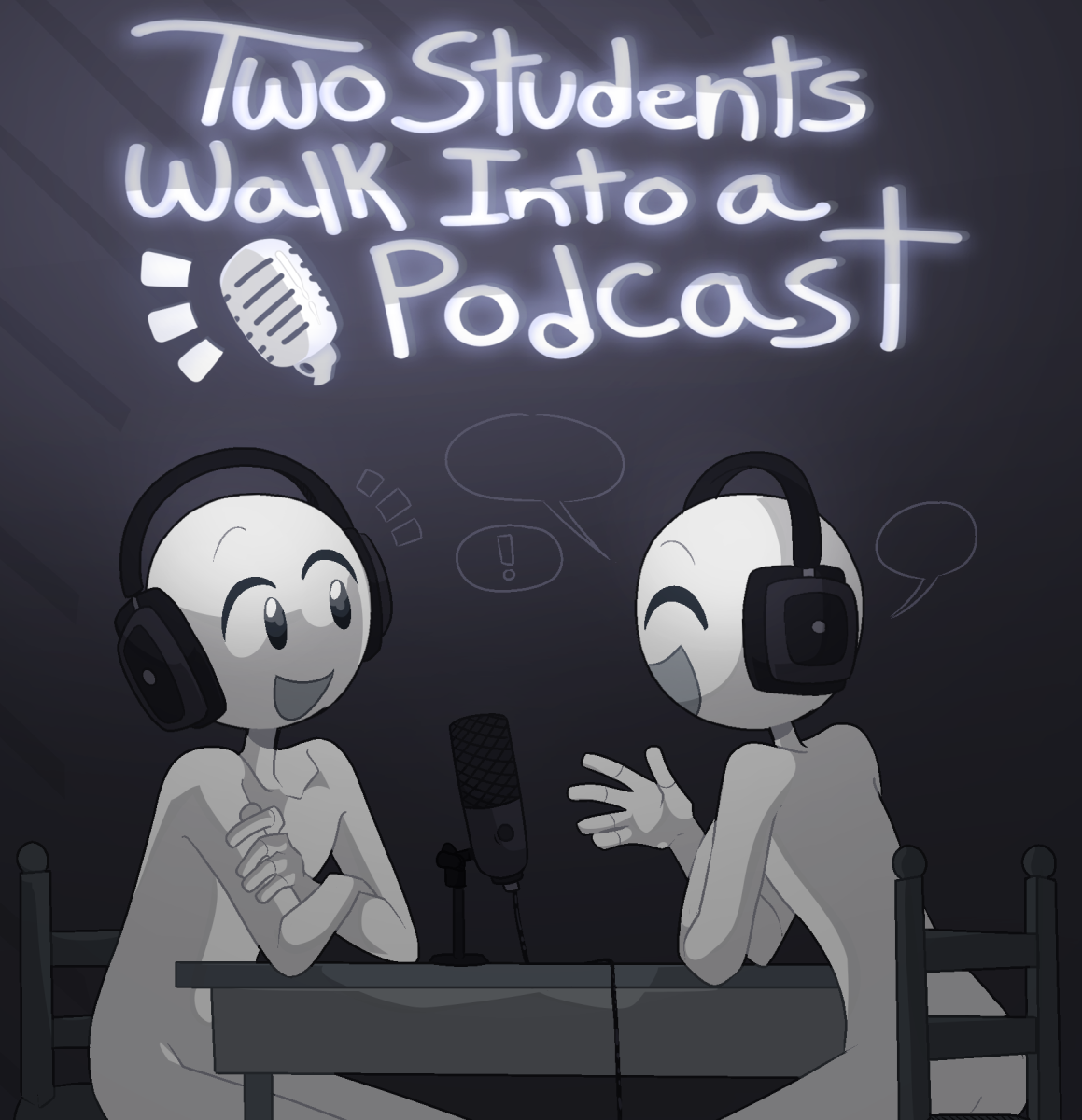
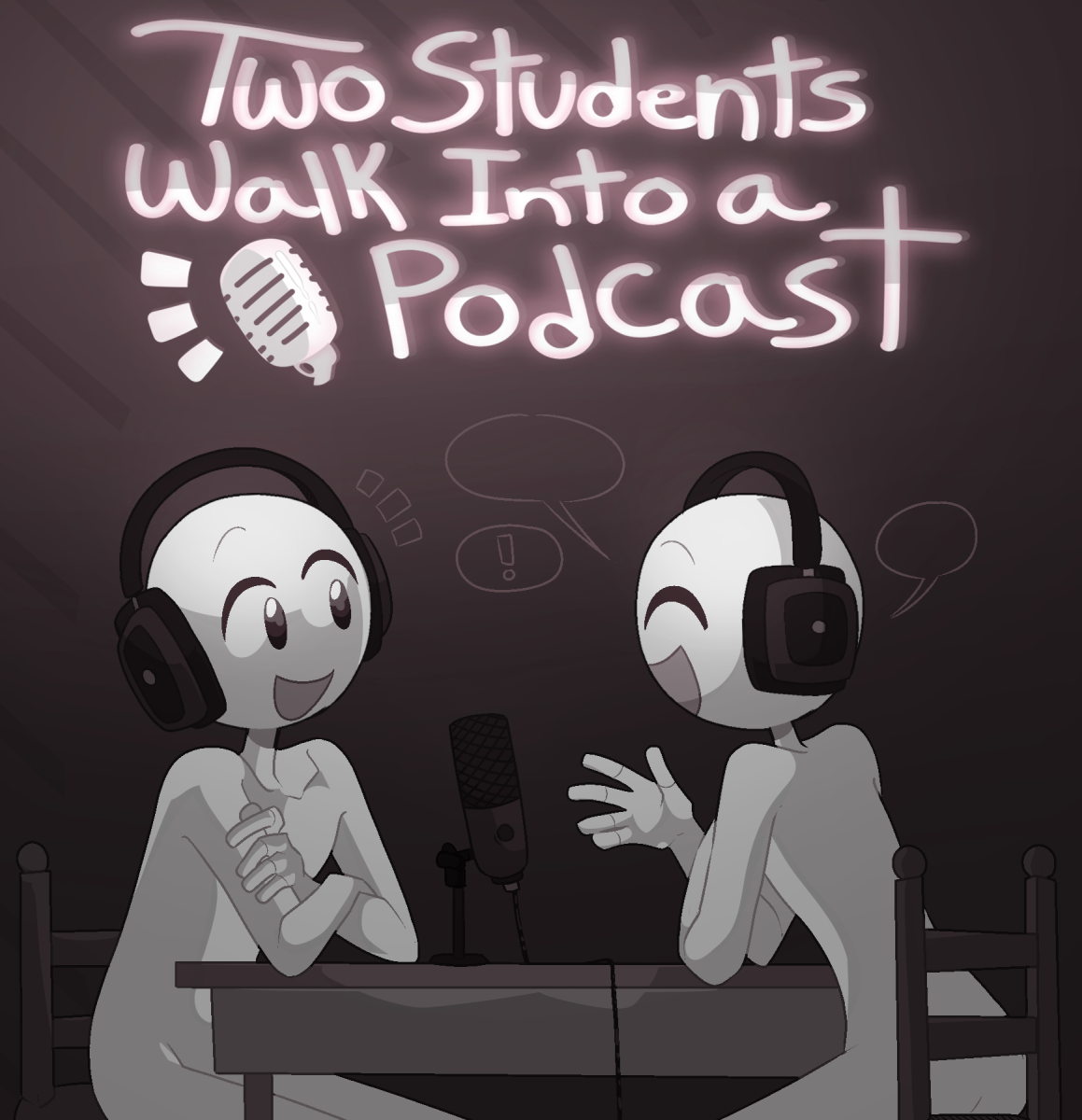
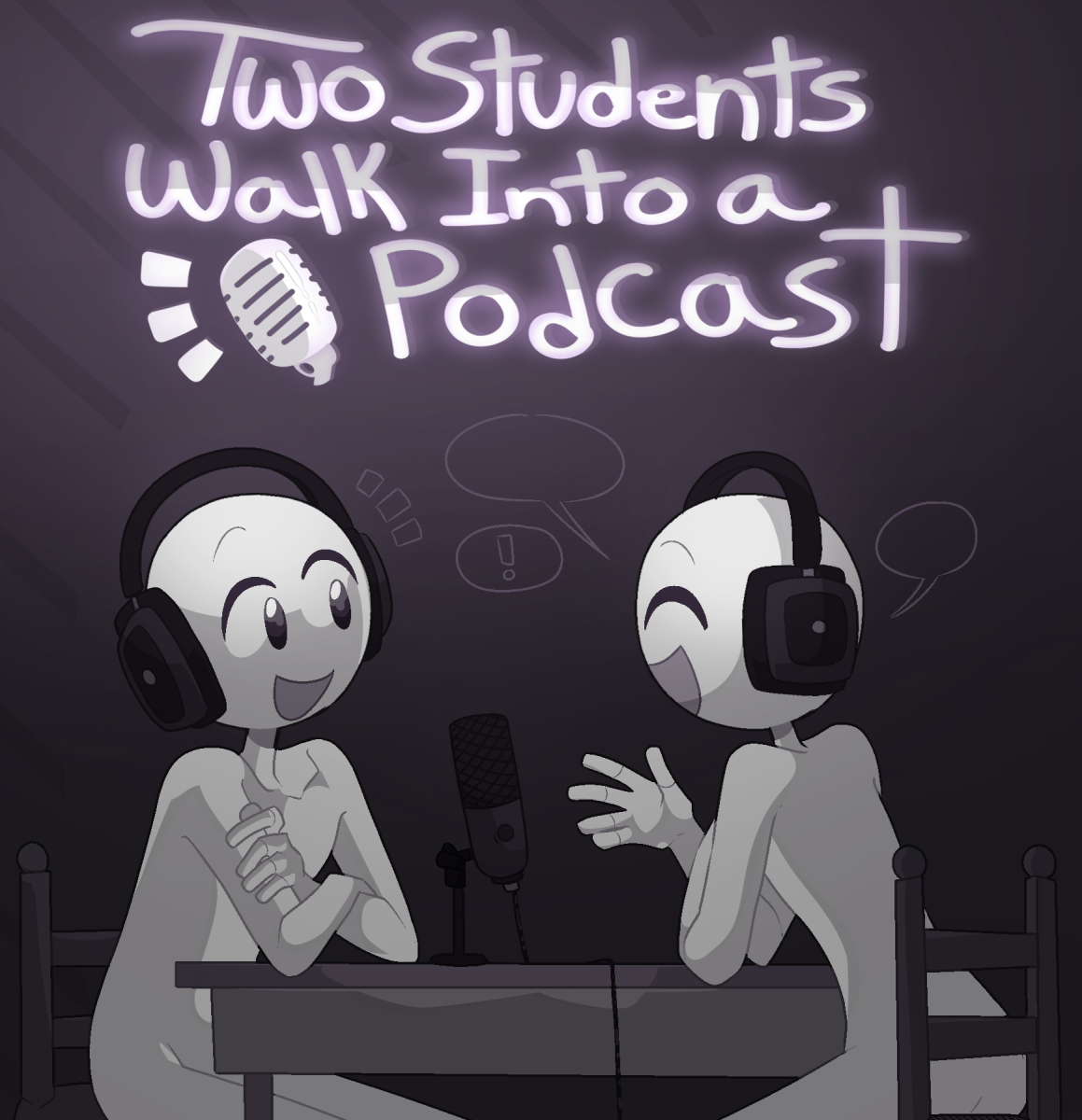
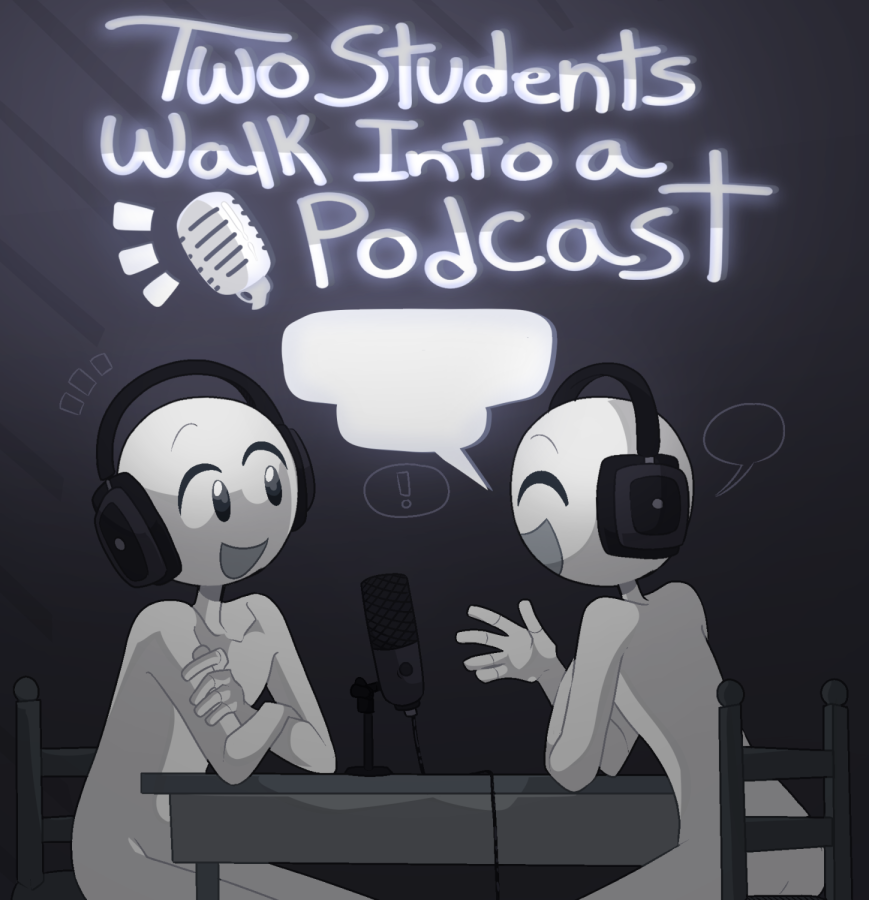
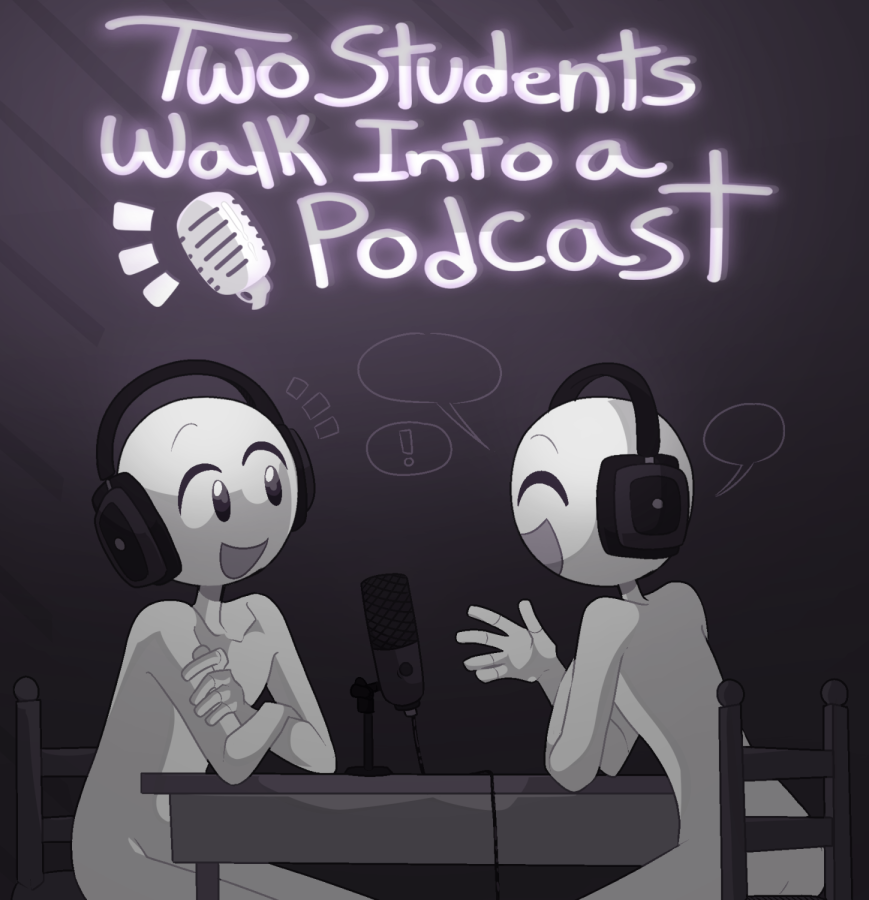




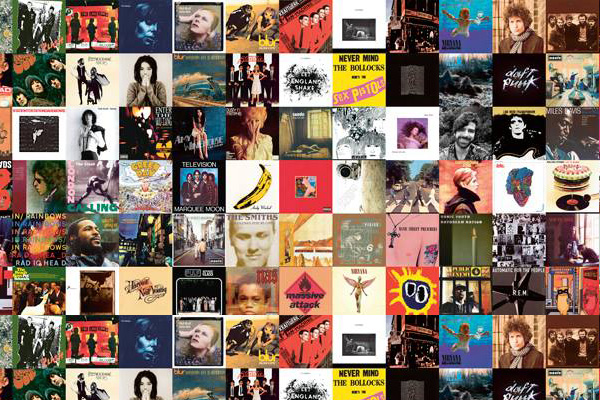
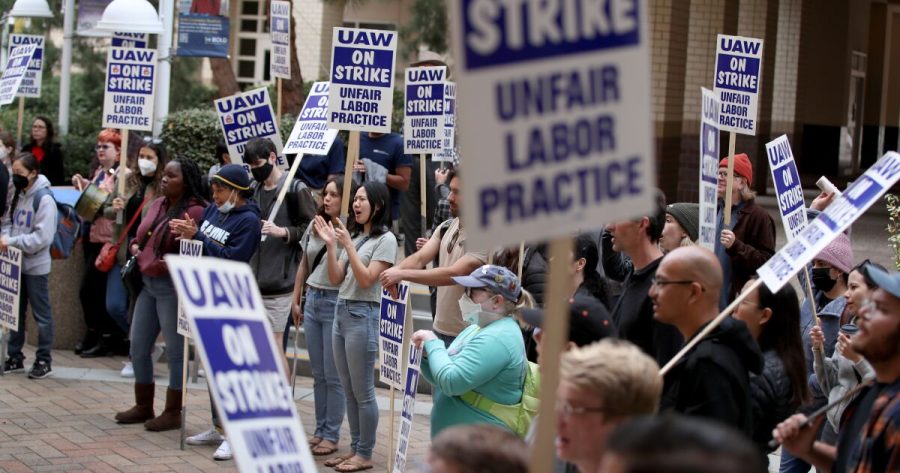



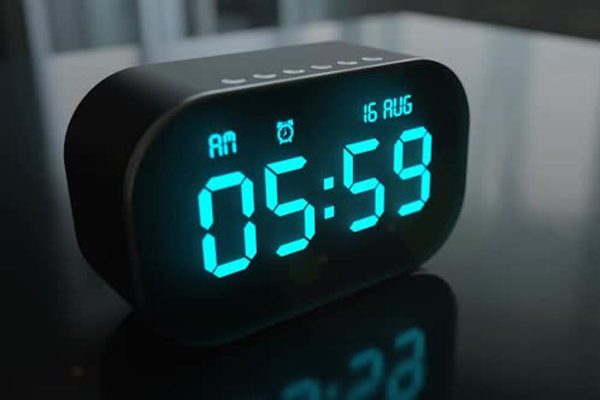


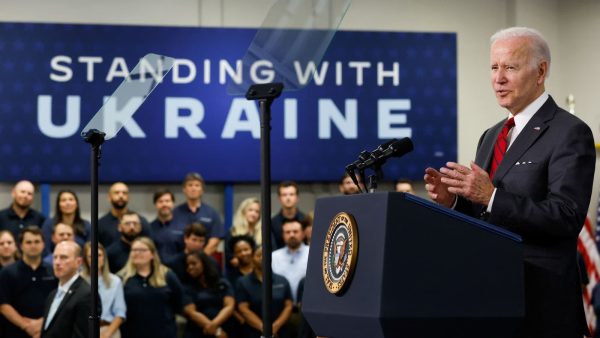
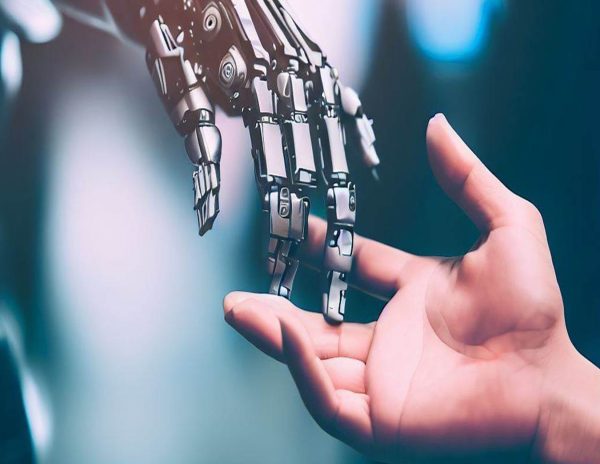



Missy Whitford • Mar 11, 2023 at 7:10 am
Well done Matt! Great article.
Ms Harris • Mar 6, 2023 at 10:47 am
I always say I am a teacher because that is what I am. I work with a great team and we all work hard in the classroom. I work with a great licensed teacher. We are all definitely equals.
Ms. Rosborough • Mar 6, 2023 at 6:35 am
Well done Matt! Proud of you. Ms.R.